Don’t miss: Hayv Kahraman intertwines colonialism and botany in London
Artist Hayv Kahraman draws parallels between colonial botany and her experiences as an Iraqi refugee transplanted into Europe, at Pilar Corrias in London
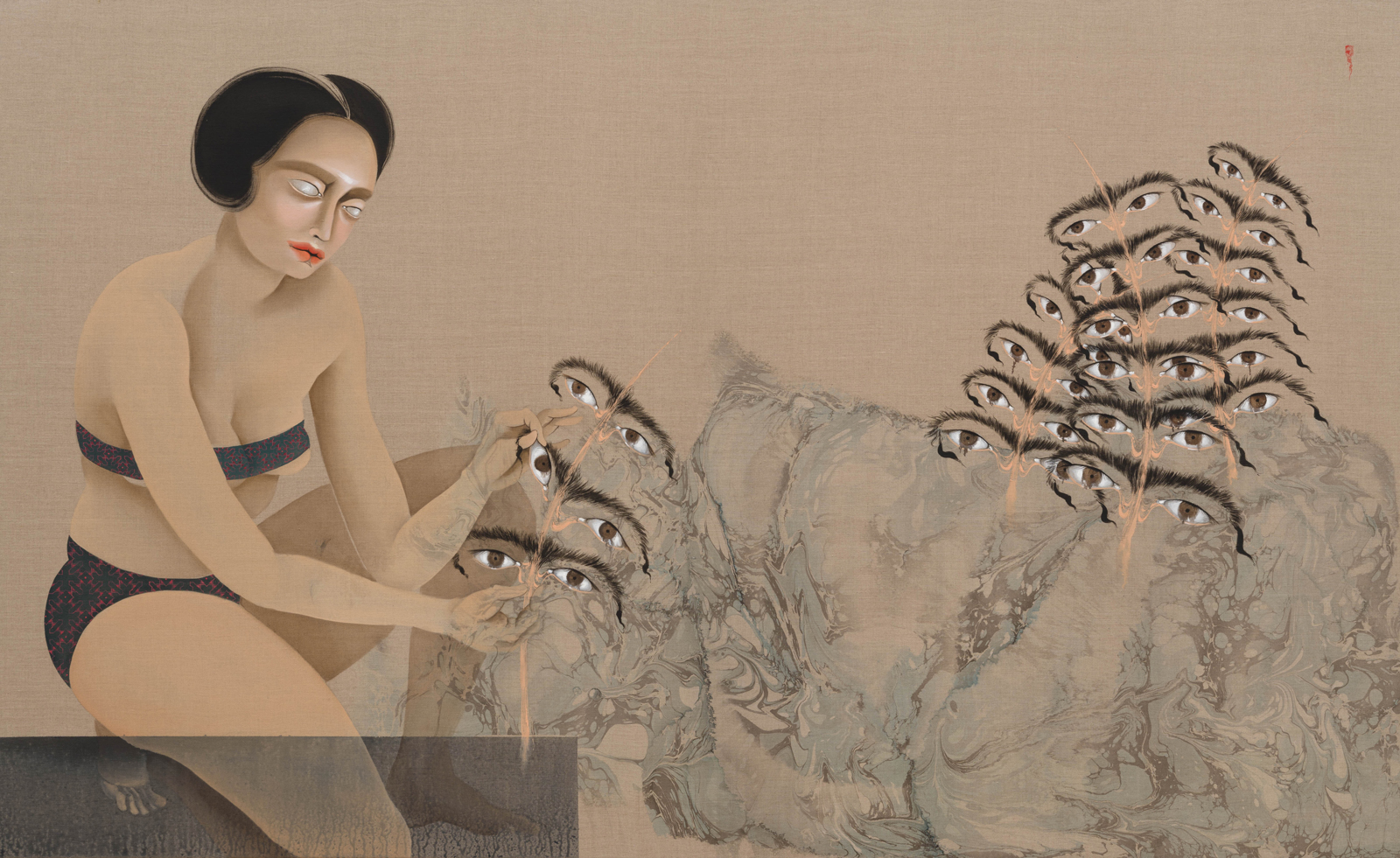
As an Iraqi refugee growing up in Sweden, artist Hayv Kahraman absorbed the teachings of 18th-century Swedish biologist Carl Linnaeus. Famed for his habit of transporting plants from around the world into Europe and for his system of reclassifying them with genus and species names, in Latin, he and his colonialist experiments became an inextricable part of Swedish identity for Kahraman, who saw parallels with her struggles to assimilate in a new country. In artworks by Hayv, who is now based in Los Angeles, these botanical references become synonymous with the idea of the Other. The painted forms of figures become dreamlike symbols, juxtaposed against diaphanous, dreamlike clouds of marbling.
We talked to the artist about the story behind her works.
Hayv Kahraman on reframing the narrative at Pilar Corrias in London
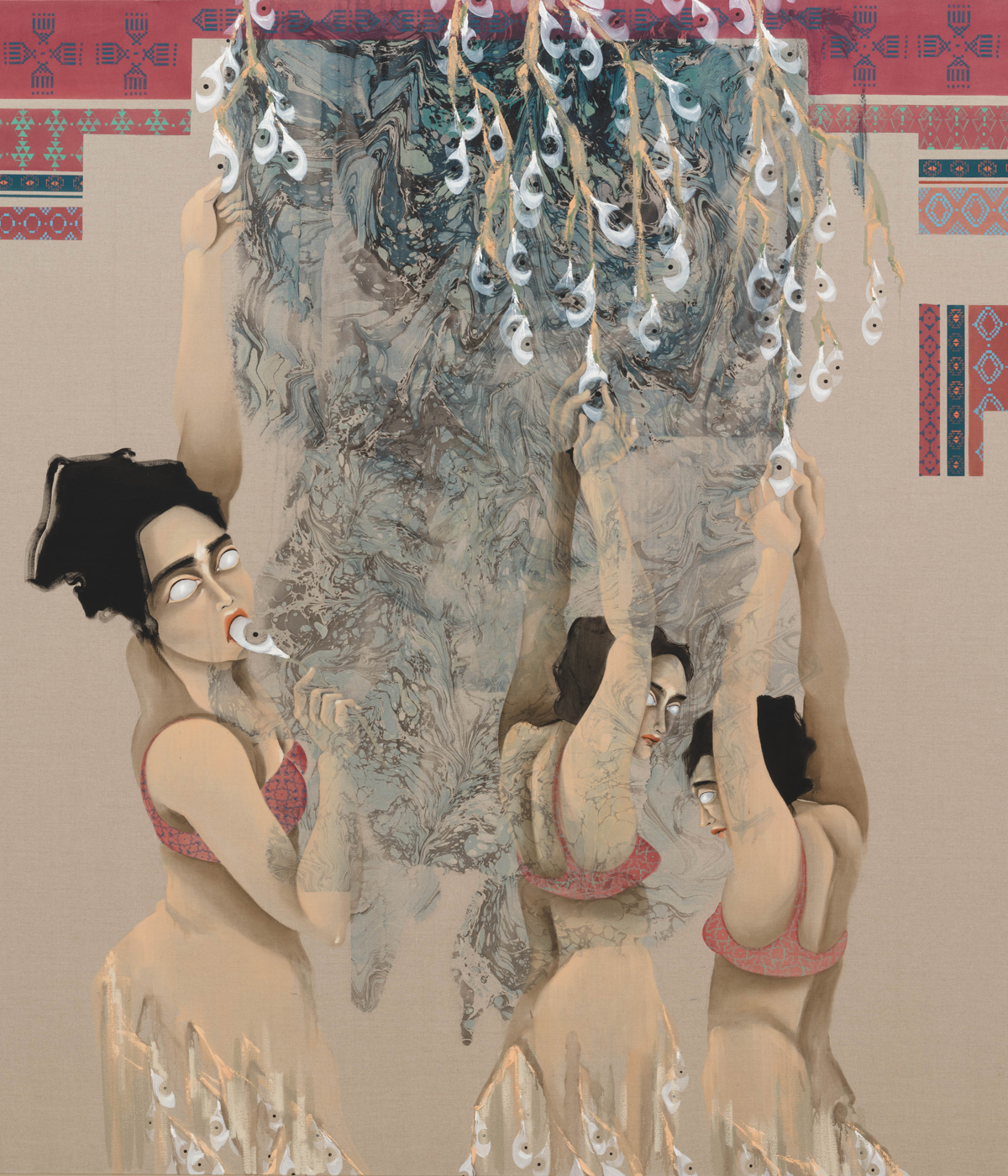
Hayv Kahraman, Eye-dates, 2024
Wallpaper*: By considering the colonial implications in a single piece of work, you embrace a juxtaposition of artistic forms and cultural references. Can you tell us why Linnaeus' work was so clearly meriting attention for you?
Hayv Kahraman: When I started my schooling in Sweden, I was taught that Carl Linnaeus was a genius and a heroic figure. He was on the 100 Krona bill, and I remember visiting his herbarium in Uppsala during a school field trip. Linnaeus was a Swedish botanist who lived in the 18th century. His taxonomic contributions to the natural sciences by means of collecting plants from elsewhere, bringing them back to Europe and renaming them into his latinised binomial nomenclature, contributed to erasing the indigenous histories surrounding that plant. These colonial practices of renaming flowers and plants, a vocabulary that centered the white European heteronormative man (most famously Linnaeus) and propelled nationalistic, eugenic and nativist pulses into botany were crucial in the expansion of empire.
But what irked me the most as I was researching, was his incessant urge to ‘acclimatize’ certain plants to the Swedish climate, which of course utterly failed. I am here reminded of the potent assimilation process I underwent in Sweden as a newly arrived Iraqi refugee back in the 1990s. How I was taught to think like a ‘Swede’, to act like a ‘Swede’ in order to be worthy of staying in that country. And it is this feeling of indignation that fuelled the work. I needed to unpack his volatile legacy, and then find alternative ways of sensing the world in which hope can be found.
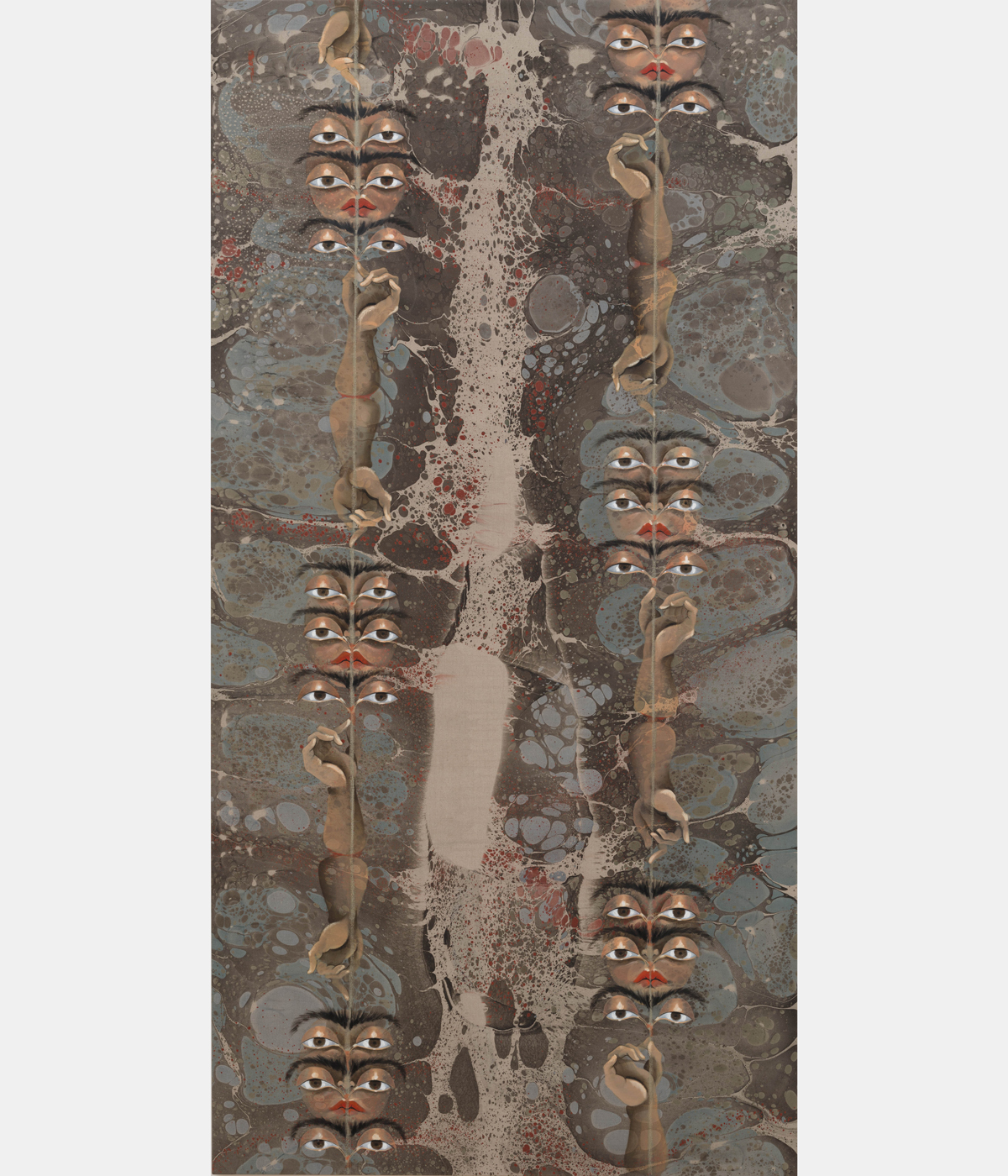
Hayv Kahraman, Generational Eyebrows, 2024
W*: By taking control of techniques with roots in other societies, such as marbling, how did you celebrate a new perspective, separate from the historical implications?
HK: My interest in marbling started when I went to the Huntington Library in California to actually see/open/touch/feel one of Linnaeus’ books, and as I flipped open the cover I saw a marbled front piece and knew that I needed to look into this art form. Marbling has a long history, starting in Japan, travelling to central and west Asia and then Europe. It was used in the Ottoman region on legal documents to prevent forgery. Historical implications aside, I found it fascinating that an art medium was used to prevent appropriation, that it's a mono print that cannot be duplicated/appropriated/forged because of its incredible unpredictability.
Receive our daily digest of inspiration, escapism and design stories from around the world direct to your inbox.
What turned things for me personally, though, was when I actually started marbling and experimenting in my studio. I found the process incredibly therapeutic.
[Not] being concerned about how things will ‘look’/ how things will be ‘perceived’/how legible/ knowable the work will be – it allows me to not categorise, to not order things, to break away from that kind of thinking that I’ve been plagued by since I became a refugee in Europe. I found that there’s an acceptance that happens in this process. An acceptance of the flow and movement of life somehow. And as a survivor of domestic violence, relinquishing control can be incredibly difficult, but marbling feels freeing. As if paving a way to heal.
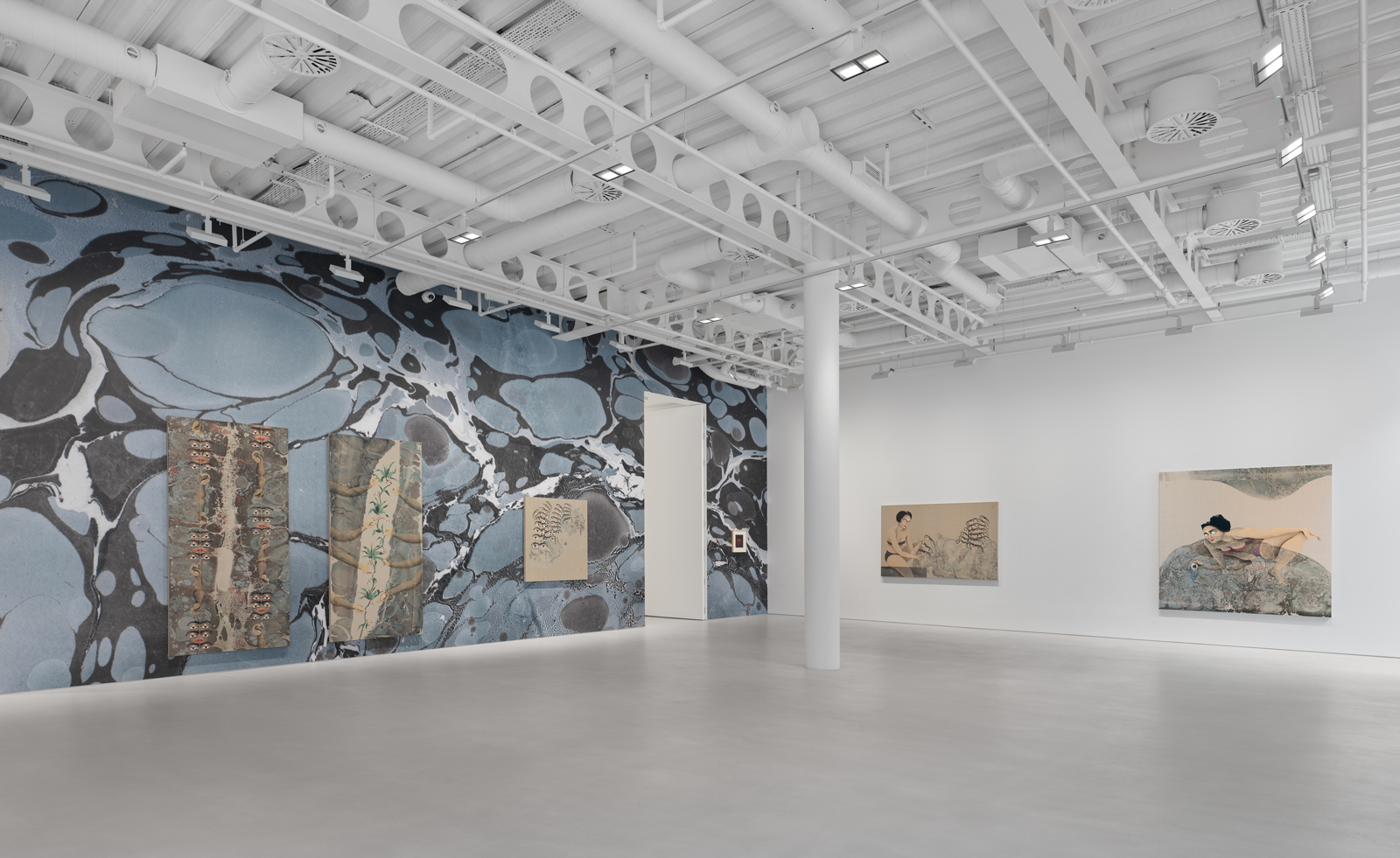
Installation view, ‘Hayv Kahraman: She has no name’, Pilar Corrias, London
W*: The works themselves marry these techniques with powerful proportions that make strong female figures central. How did your process inform this otherworldly narrative?
HK: The figure, the body, has always been a means for me to negotiate things around me. I studied ballet in Baghdad at a very young age and since then I’ve always composed choreographies of bodies in my mind. I think of the figures as snapshots in my paintings. They are caught in an act of performing something. A doing and an undoing of something. They’ve become my methodology to think through difficult topics, such as colonial botany in this instance.
'She Has No Name' is at Pilar Corrias, London, until 25 May 2024
Hannah Silver is the Art, Culture, Watches & Jewellery Editor of Wallpaper*. Since joining in 2019, she has overseen offbeat art trends and conducted in-depth profiles, as well as writing and commissioning extensively across the worlds of culture and luxury. She enjoys travelling, visiting artists' studios and viewing exhibitions around the world, and has interviewed artists and designers including Maggi Hambling, William Kentridge, Jonathan Anderson, Chantal Joffe, Lubaina Himid, Tilda Swinton and Mickalene Thomas.
-
 The Bombardier Global 8000 flies faster and higher to make the most of your time in the air
The Bombardier Global 8000 flies faster and higher to make the most of your time in the airA wellness machine with wings: Bombardier’s new Global 8000 isn’t quite a spa in the sky, but the Canadian manufacturer reckons its flagship business jet will give your health a boost
-
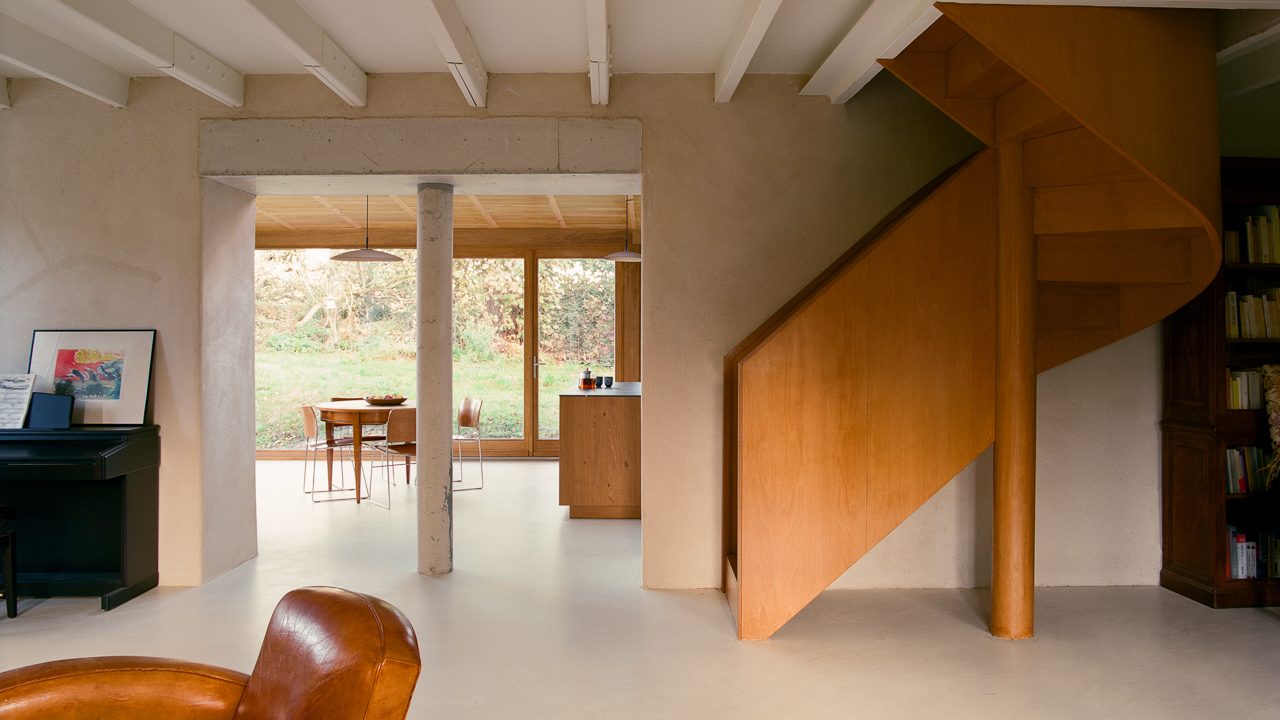 A former fisherman’s cottage in Brittany is transformed by a new timber extension
A former fisherman’s cottage in Brittany is transformed by a new timber extensionParis-based architects A-platz have woven new elements into the stone fabric of this traditional Breton cottage
-
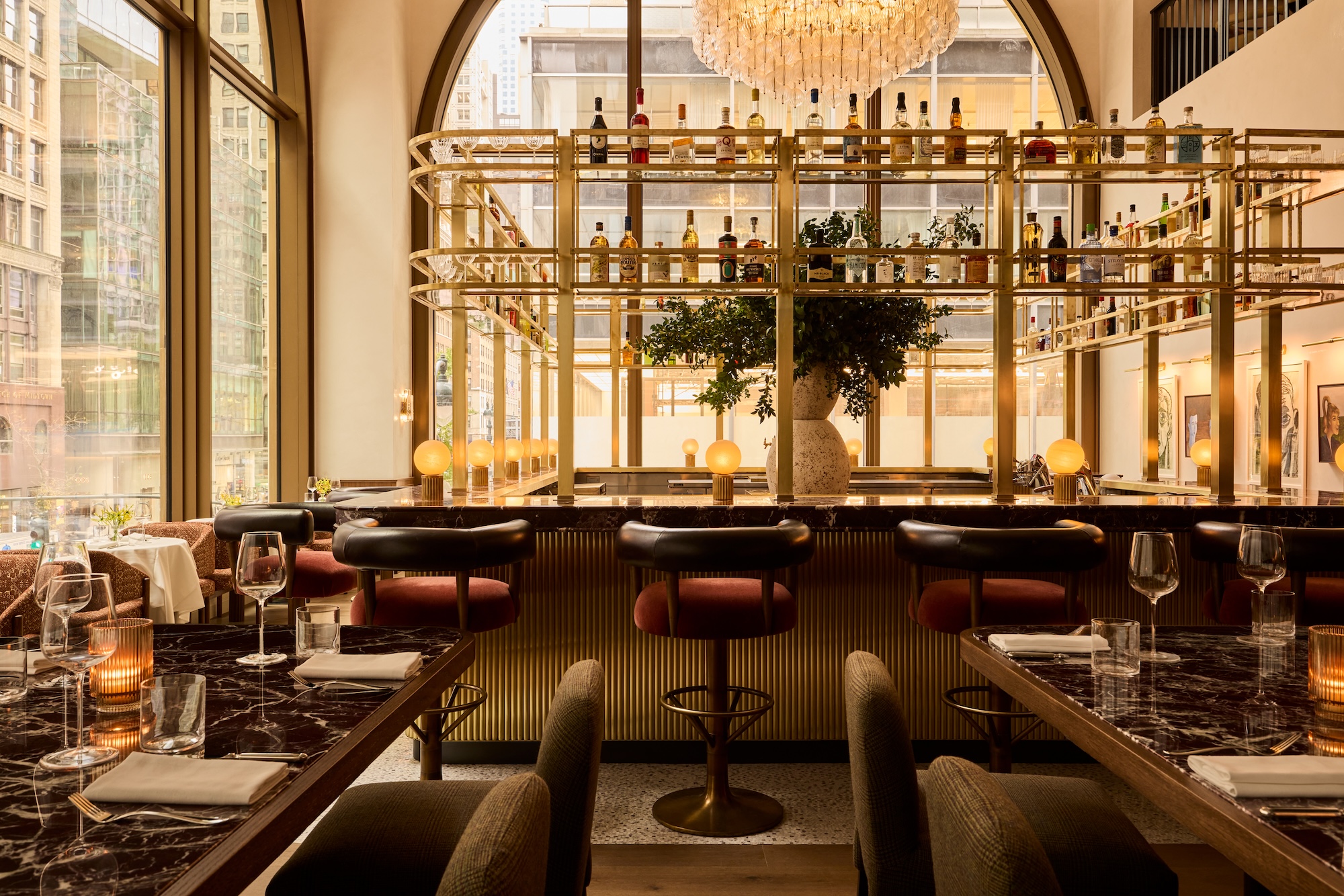 New York's members-only boom shows no sign of stopping – and it's about to get even more niche
New York's members-only boom shows no sign of stopping – and it's about to get even more nicheFrom bathing clubs to listening bars, gatekeeping is back in a big way. Here's what's driving the wave of exclusivity
-
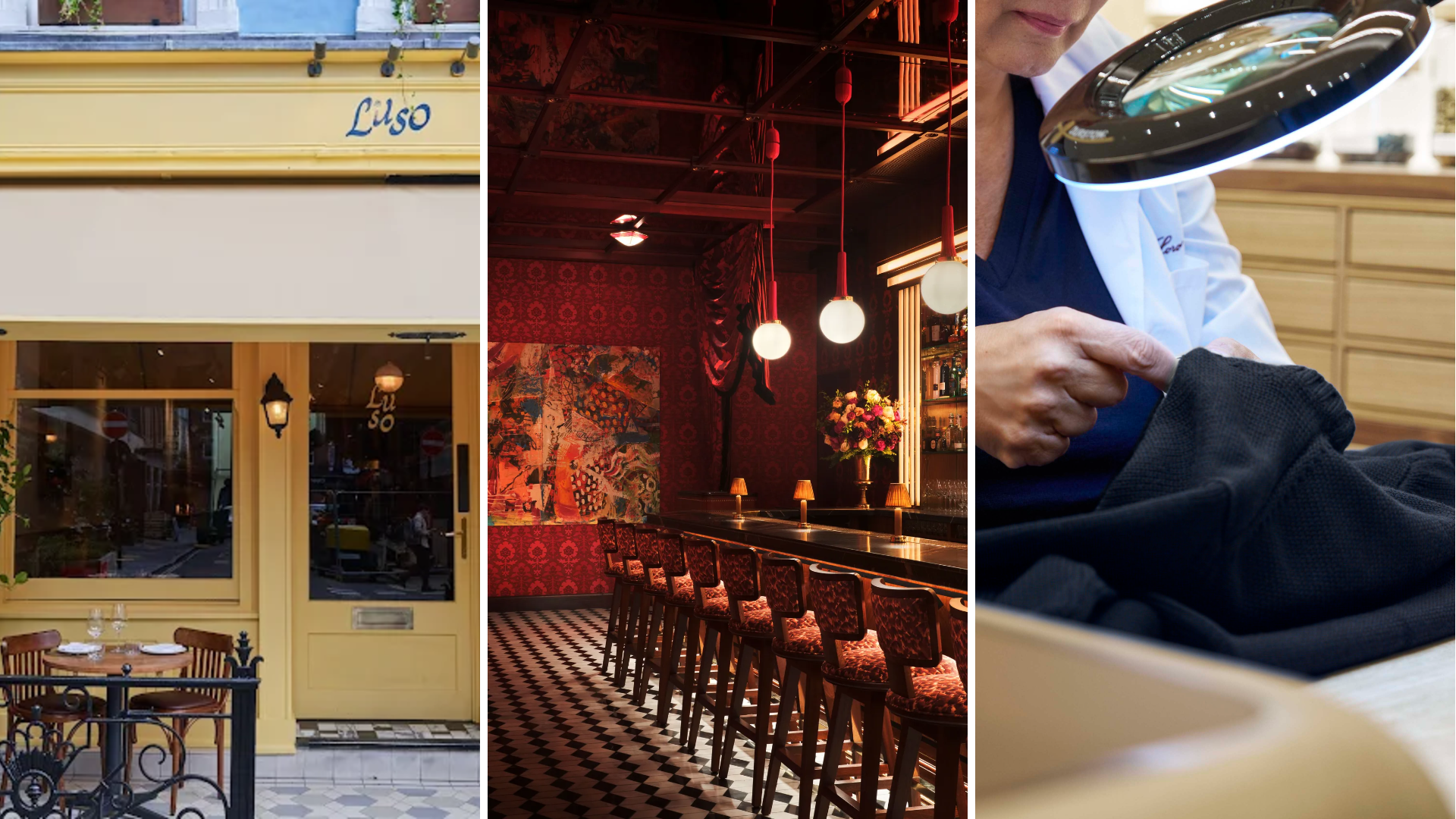 Out of office: The Wallpaper* editors’ picks of the week
Out of office: The Wallpaper* editors’ picks of the week'Tis the season for eating and drinking, and the Wallpaper* team embraced it wholeheartedly this week. Elsewhere: the best spot in Milan for clothing repairs and outdoor swimming in December
-
 Out of office: The Wallpaper* editors’ picks of the week
Out of office: The Wallpaper* editors’ picks of the weekFar from slowing down for the festive season, the Wallpaper* team is in full swing, hopping from events to openings this week. Sometimes work can feel like play – and we also had time for some festive cocktails and cinematic releases
-
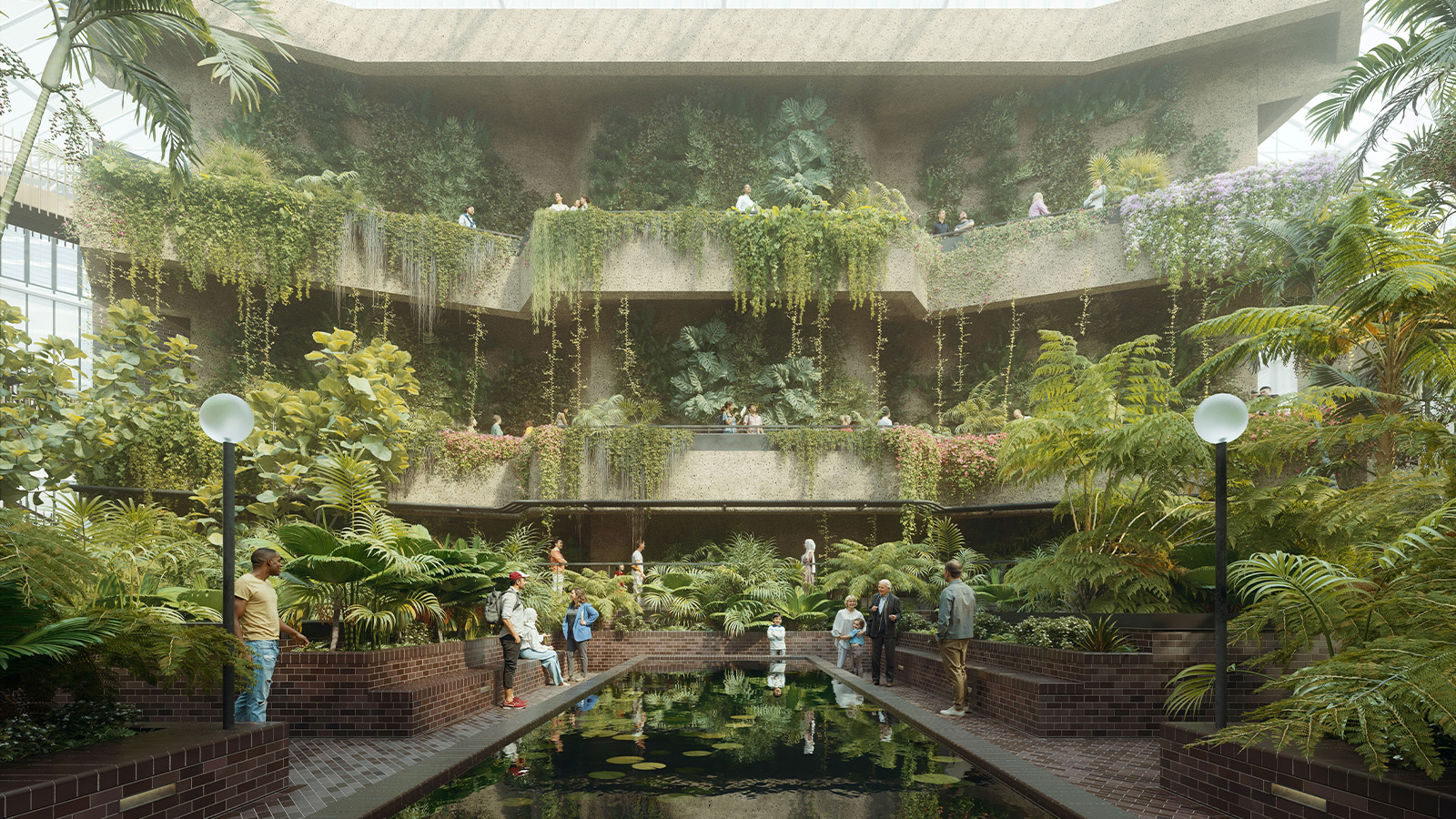 The Barbican is undergoing a huge revamp. Here’s what we know
The Barbican is undergoing a huge revamp. Here’s what we knowThe Barbican Centre is set to close in June 2028 for a year as part of a huge restoration plan to future-proof the brutalist Grade II-listed site
-
 Out of office: The Wallpaper* editors’ picks of the week
Out of office: The Wallpaper* editors’ picks of the weekIt’s wet, windy and wintry and, this week, the Wallpaper* team craved moments of escape. We found it in memories of the Mediterranean, flavours of Mexico, and immersions in the worlds of music and art
-
 Each mundane object tells a story at Pace’s tribute to the everyday
Each mundane object tells a story at Pace’s tribute to the everydayIn a group exhibition, ‘Monument to the Unimportant’, artists give the seemingly insignificant – from discarded clothes to weeds in cracks – a longer look
-
 Out of office: The Wallpaper* editors’ picks of the week
Out of office: The Wallpaper* editors’ picks of the weekThis week, the Wallpaper* team had its finger on the pulse of architecture, interiors and fashion – while also scooping the latest on the Radiohead reunion and London’s buzziest pizza
-
 Out of office: The Wallpaper* editors’ picks of the week
Out of office: The Wallpaper* editors’ picks of the weekIt’s been a week of escapism: daydreams of Ghana sparked by lively local projects, glimpses of Tokyo on nostalgic film rolls, and a charming foray into the heart of Christmas as the festive season kicks off in earnest
-
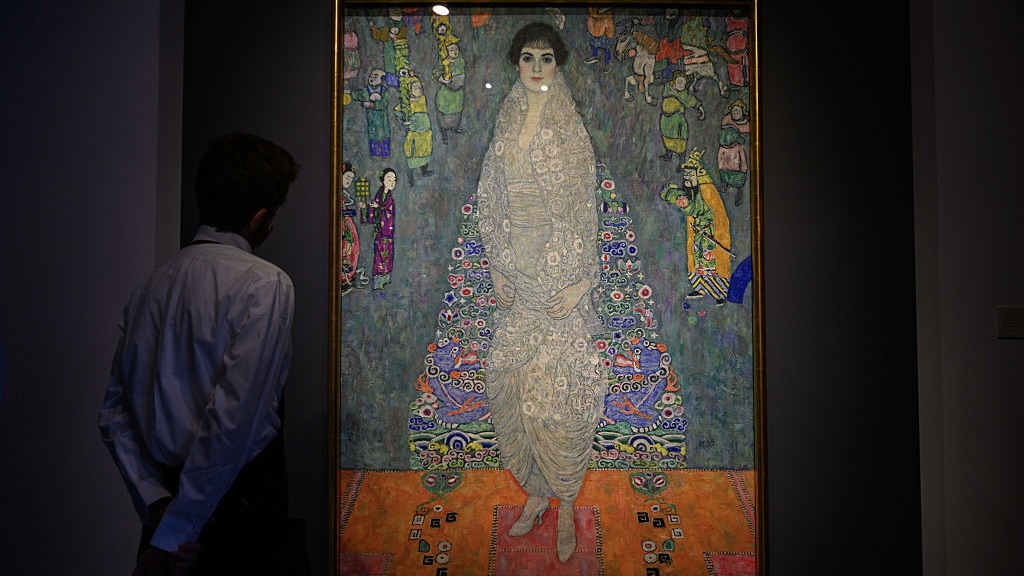 This Gustav Klimt painting just became the second most expensive artwork ever sold – it has an incredible backstory
This Gustav Klimt painting just became the second most expensive artwork ever sold – it has an incredible backstorySold by Sotheby’s for a staggering $236.4 million, ‘Portrait of Elisabeth Lederer’ survived Nazi looting and became the key to its subject’s survival